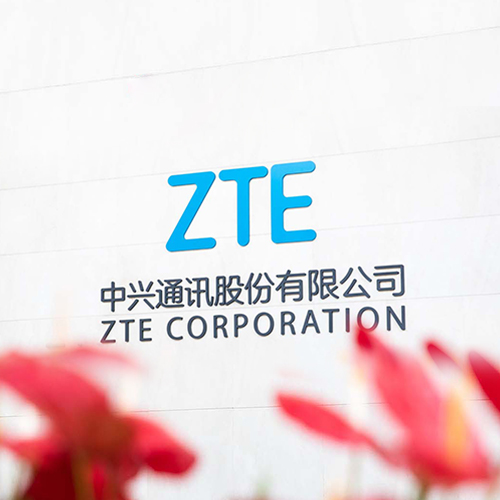24 May 2019, Shenzhen, China - ZTE Corporation (0763.HK / 000063.SZ), a major international provider of telecommunications, enterprise and consumer technology solutions for the Mobile Internet, today has shared its insights on optical network automation and network capacity expansion with the industry experts at NGON & DCI World 2019 held in Nice, France.
From the perspective of ZTE, the optical network transformation towards automation shall focus on smooth expansion, flat architecture and simplified operation and maintenance. Key technologies, including 100G and beyond 100G transmission as well as large-capacity optical/electrical switching, can provide optical networks with dynamic connection and flexible expansion capabilities while continuously increasing network capacities, so that optical networks can effectively address the bandwidth challenges of 5G and DCI in the future.
On-demand slicing enables multiple virtual subnets to share one physical network, so as to improve the resource utilization. Moreover, one-hop transmission provides flat architecture, reduces network layers and node hops, increases the throughput and lowers the latency. Meanwhile, big data analysis and artificial intelligence (AI) are introduced to predict and precisely locate potential risks, reducing manual intervention and operations. All of these technologies upgrade responsive maintenance to preventive maintenance, thereby improving the efficiency of operation and maintenance.
“For the optical network transformation, network capacity expansion is the basis and automation is the direction. Neither is dispensable,” said Wei Xiaoqiang, Director of Bearer Network Planning Department at ZTE.
Wei pointed out the three major measures for technological breakthroughs in optical network capacity promotion. The first measure is to expand the transport spectrum width. ZTE had successful C+L 160 channel commercial deployment before.To expand current spectrum width, it is necessary to build a ultra width C band with a shifted L band, so as to contain more channels to gain 1.5 times larger capacity.
The second measure is to gain higher baud rate. It means increasing capacity per channel while keeping similar transmission reach. The long-haul transmission of single carrier 400G or higher bit rate need to break the physical limits to gain >100GBaud solutions.
The third measure is to build denser WDM system to contain more channels with same spectrum width. Through in-depth study in Nyquist and Super Nyquist, ZTE released high scored papers in this field. In the long run, the Space Division Multiplexing (SDM) with multi-core and few modes and Orbital Angular Momentum (OAM) technologies is becoming promising solutions to reach higher and higher transmission capacity.
As one of the most important global conferences in the field of optical networking, NGON & DCI World has been leading the trend in the global optical communications industry. NGON & DCI has involved experts and scholars from more than 60 countries and regions to share their cutting-edge technologies, perspectives and achievements in the arena of optical networking.
